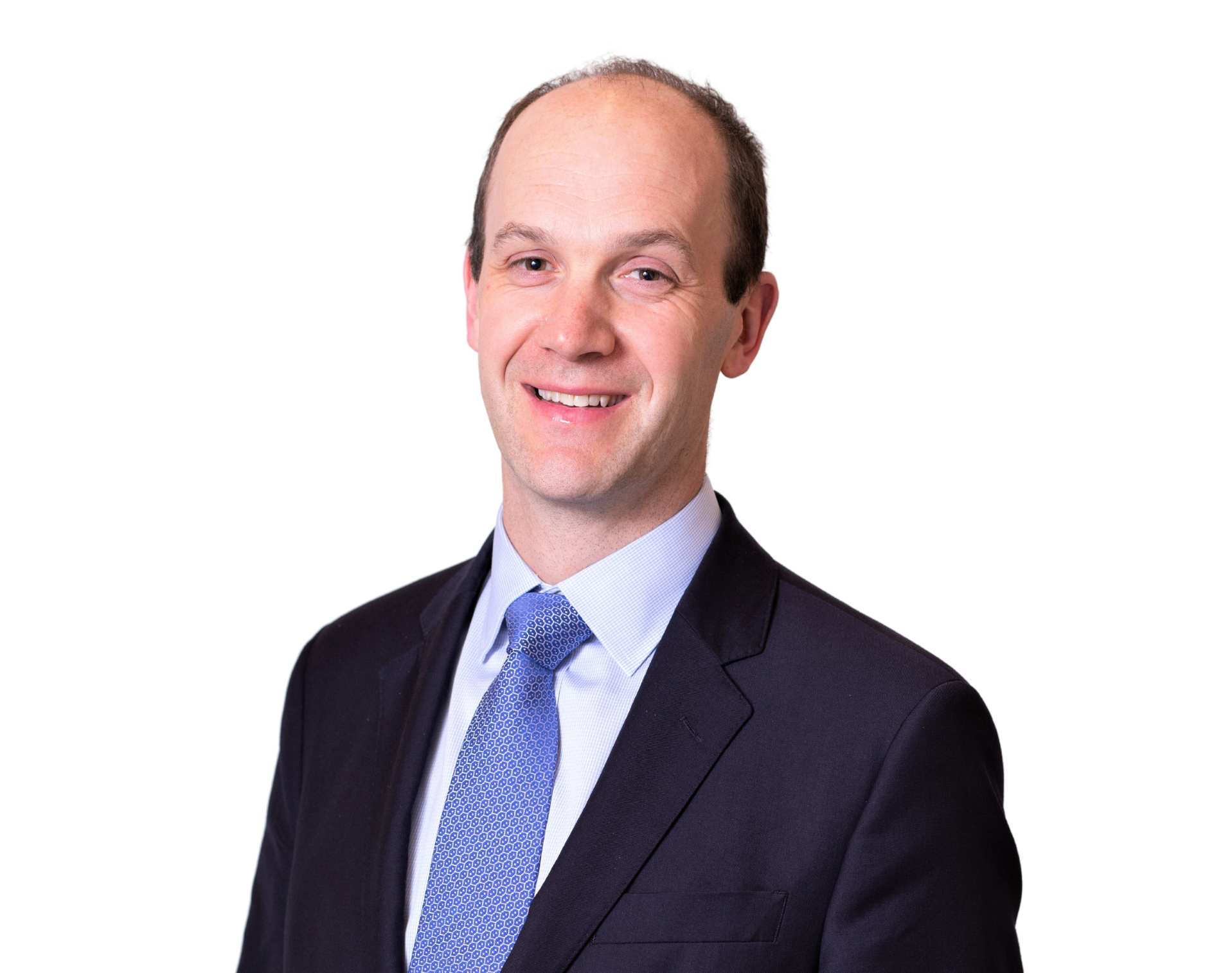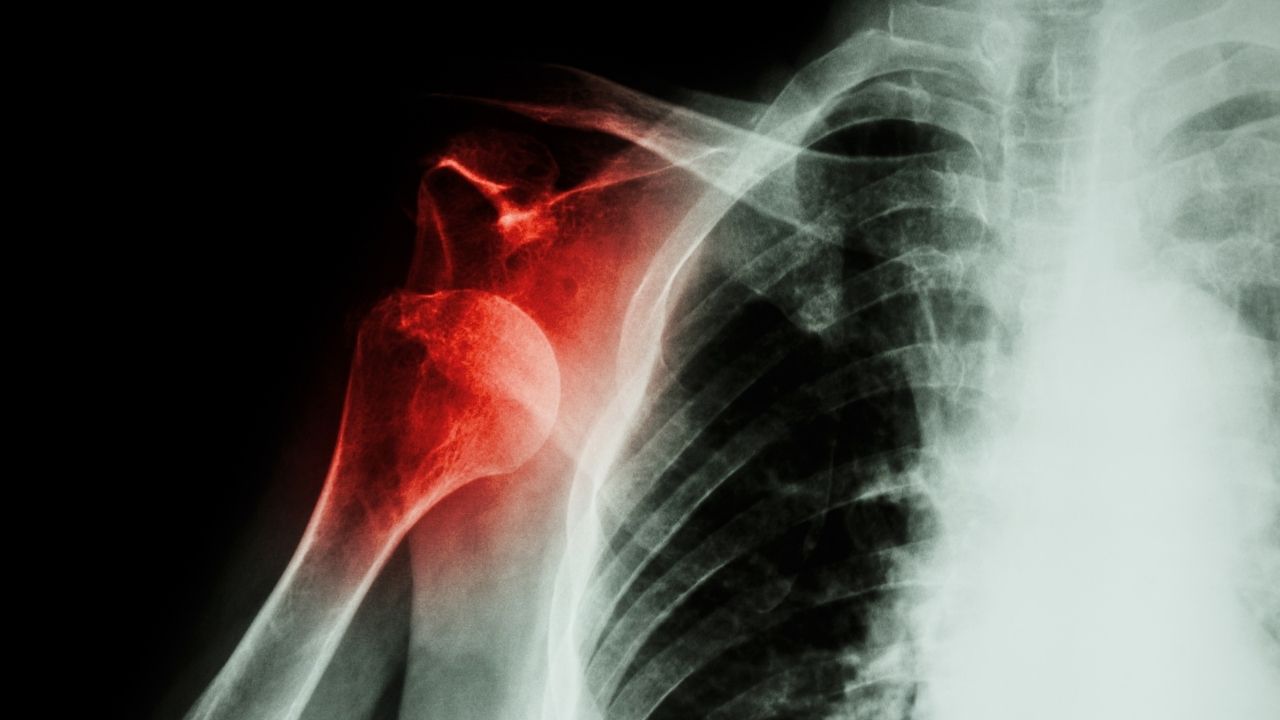
Mr Toby Baring
Specialist expertise: Shoulder and Elbow Surgery, Shoulder, Elbow and Hand Conditions, Trauma, Trauma and Overuse Musculoskeletal Injuries, Orthopaedics, Shoulder & Elbow, Arthritis, Rotator Cuff Surgery, Elbow Surgery.
The shoulder is the most unstable joint in the body. This is mainly due to the fact that the size of the socket is relatively small compared to the ball that sits against it. Many surgeons make the analogy of balancing in a golf ball on tee. Most dislocations are seen during sports especially contact an overhead with rugby being the main culprit. Toby Baring, Consultant Shoulder and Elbow Surgeon at OneWelbeck Orthopaedics, has taken a closer look at shoulder dislocations, possible courses of treatment, and how to stabilise the shoulder after injury.

If you’re unfortunate enough to experience a shoulder dislocation, these are the main points to consider:
Many shoulders only become partially dislocated and due to the remaining pole of tendons may relocate themselves spontaneously. Having said that there is often significant ligamentous damage and it is always worth being assessed by a specialist at some point. Often dislocations “lock out” due to the ball catching on the side of the socket and hence the need to attend A&E.
Most the shoulder is dislocated out of the front of the socket due to a inherent weakness in the joint capsule. They do occasionally go out the back of the shoulder but they do not often lockout and this is relatively less painful at the time, although subsequently can cause prolonged discomfort and dysfunction.
After the shoulder has been put back in joint the arm will be placed in a sling for support. Modern day thinking is now of the mind-set that joints are best off being mobilised immediately after an injury to help the ligaments and tendons heal and to prevent stiffness of the joint as well as preventing the muscles around the joint from wasting. You may well be referred to your local physiotherapy service.
If you’ve already dislocated your shoulder, the main points to be aware of are:
There are not many factors that determine the stability of your shoulder. Some people have naturally loose shoulders which does make them easier to dislocate. Research suggest the main factor is the type of sports you partake in and at what level you play. As you would expect, at higher competitive levels, there is more extreme movement involved and therefore high chance of the shoulder coming out of joint. As you grow older your activity levels tend to decrease and the ligaments become stiffer, both of which have a protective effect on the shoulder in terms of stability.
Typically the ligaments within the joint capsule is damaged along with a rim of tissue around the socket called the labrum which gets pulled off. Sometimes bone is chipped off the side of the socket (the glenoid) but you can end up with a dent in the side of the ball (the humeral head) where it comes to rest on the side of the socket. After about the age of 40 dislocations can be associated with tendon injuries which may require surgery.
A first-time dislocation will not usually need an operation. Surgery is mostly reserved for those people who have developed recurrent instability (i.e. dislocated many times and a minimal force). If you are under 20 and/or partake in high level sports your specialist may advise a stabilisation procedure after your first dislocation.
Although shoulder dislocations are common only a minority go on to have surgery. Probably one of the main reasons for this is, although the surgery is relatively straightforward, it is a relatively long recovery, with the arm and shoulder immobilised and defunctioned during the acute post-operative period (4 to 6 weeks).
Typically this is done as a day-case keyhole procedure with 2 or 3 small holes around the shoulder. The rim of tissue around the socket (the labrum) is reattached along with the associated torn ligaments. If there are associated injuries such as a tendon tear as these may be addressed during the same procedure
This is one of the most common shoulder procedures done in the UK. The repair of the ligaments is achieved by using little plastic pellets called anchors which are drilled into the rim of the socket. The anchors have suture attached them which is then used to tie the ligaments back into their anatomical position. If the shoulder has dislocated many times and there is extensive damage you may have to have a more complex procedure which may involve using bone graft to rebuild parts of the joint.
After surgery the shoulder is placed in a brace or sling for between 4 and 6 weeks, and the wounds tend to heal within 5 to 7 days. You may recall require painkillers for up to 10 days but most people stop taking them after a few days.
You can commence rehabbing with a physiotherapist immediately after surgery, and this is something we strongly recommend. After 6 weeks you should have good basic function of your shoulder, and after 3 months you will be able to return to non-contact and non- overhead sports. Contact sports are allowed usually after 6 months but this is usually after a discussion with your specialist.
What happens if I dislocate my shoulder?
Am I at risk of further dislocations if I have dislocated once already?
What structures were damaged when I dislocated my shoulder?
Does my shoulder need surgery after a dislocation?
What does shoulder stabilisation surgery involve?
How long does it take to recover from shoulder stabilisation surgery?
If you have any concerns about shoulder injuries don’t hesitate to get in touch with OneWelbeck Orthopaedics – you can either call us on 020 3653 2002, or email us at bookings.orthopaedics@onewelbeck.com.
Here at OneWelbeck, we have a team of orthopaedic specialists, state of the art facilities and diagnostics, and highly competitive financial packages for self-funding patients as well as those with private health care.
Enquire nowMr Toby Baring is a Shoulder and Elbow Surgeon at OneWelbeck Orthopaedics. He is the clinical director at Homerton University Hospital, and trains surgeons from around the globe in innovative shoulder procedures. He is also regularly invited to national and international conferences to speak and perform live surgery.